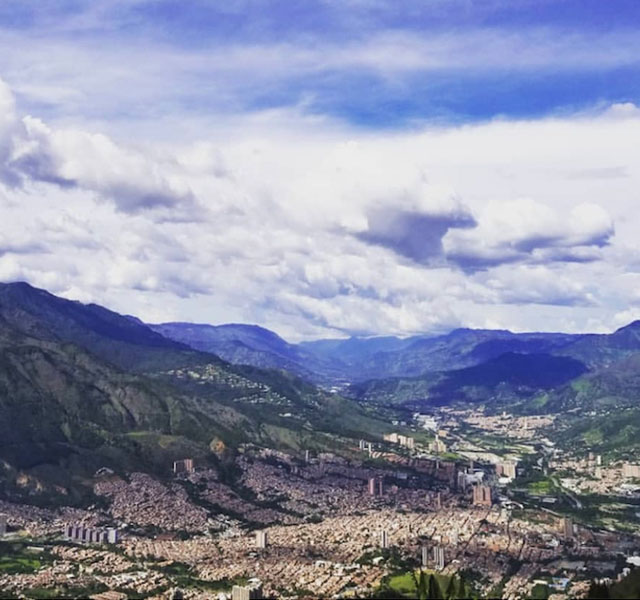
NGO Internships in Colombia
International NGO internships in Colombia are a truly unique opportunity to travel while simultaneously putting your experience to use in an impactful organization.
Interning with an NGO or nonprofit is an incredibly challenging and rewarding experience. In Colombia, interns are placed with a wide variety of organizations, each focusing on a unique area where they aim to make change.
Interns get to be fully immersed in the vibrant, colorful world that is Medellin, Colombia’s industrial capital.
Our alumni have interned at 3,000+ organizations including:

.webp?width=120&height=120&name=fundacion-juguemos-en-el-bosque1-120x120-png%20(1).webp)

Responsibilities at NGO internships in Colombia may include:
-
Managing social media accounts
-
Creating promotional materials
-
Conducting community outreach and engaging with potential partners
-
Assisting with planning and execution of fundraising campaigns and events
-
Conducting research on specific subjects related to the organization’s area of focus
-
Drafting applications for grants and other forms of funding
.webp?width=1092&height=888&name=intern5-1092x888-jpg%20(1).webp)
Typical roles for Colombia NGO internships
Here are a few examples of roles that our NGO interns in Medellín have taken on before:
-
Fundraising
Fundraising is an essential part of how many nonprofits operate. Internships in NGOs in Colombia frequently involve fundraising in some regard, whether that be organizing an online campaign or applying for grants. Interns develop a variety of key skills that can be applied across the nonprofit sector and other industries.
-
Social Media
Social media is an excellent way to spread an organization’s message. Interns may pitch and draft posts for a variety of platforms, and assist in developing a social media strategy. Collaboration with other teams including those organizing events and fundraisers is key.
-
Content Creation
One of the most rewarding aspects of doing an internship is creating a portfolio of work samples. Interns at NGOs may gain experience writing press releases, newsletters, articles, website content, and more.
-
Event Planning
Events are an exciting area for NGO interns to learn about. From fundraising events to those held live on social media, interns will learn about the event planning process from start to finish. The skills developed in these placements can be applied to many industries and roles, including budget-writing, partnership management, and project management.
Join our 15,000+ global alumni network
Watch the internship experience below from some of The Intern Group alumni to see what an NGO internship will be like for you.
%20(2).webp?width=900&height=600&name=interngroup_2015_014-1%20(2)%20(2).webp)
The nonprofit industry
The charitable sector is an exciting and extremely international industry to join. The field and its dedicated experts focus on improving and providing everything from education and healthcare to environmental protection. Professionals from backgrounds as wide-ranging as psychology, international relations, and even earth sciences call the NGO industry home, and the networking opportunities are truly endless.
Learn more about our NGO internships in Colombia
Realize your potential with an international internship
-
1
Apply online
Complete our simple application form and tell us about your passions, qualifications, and experiential requirements.
-
2
Interview
If your interview is successful, confirm your enrollment with a tuition deposit.
-
3
Secure your internship
Collaborate in the internship placement process & accelerate your career.
